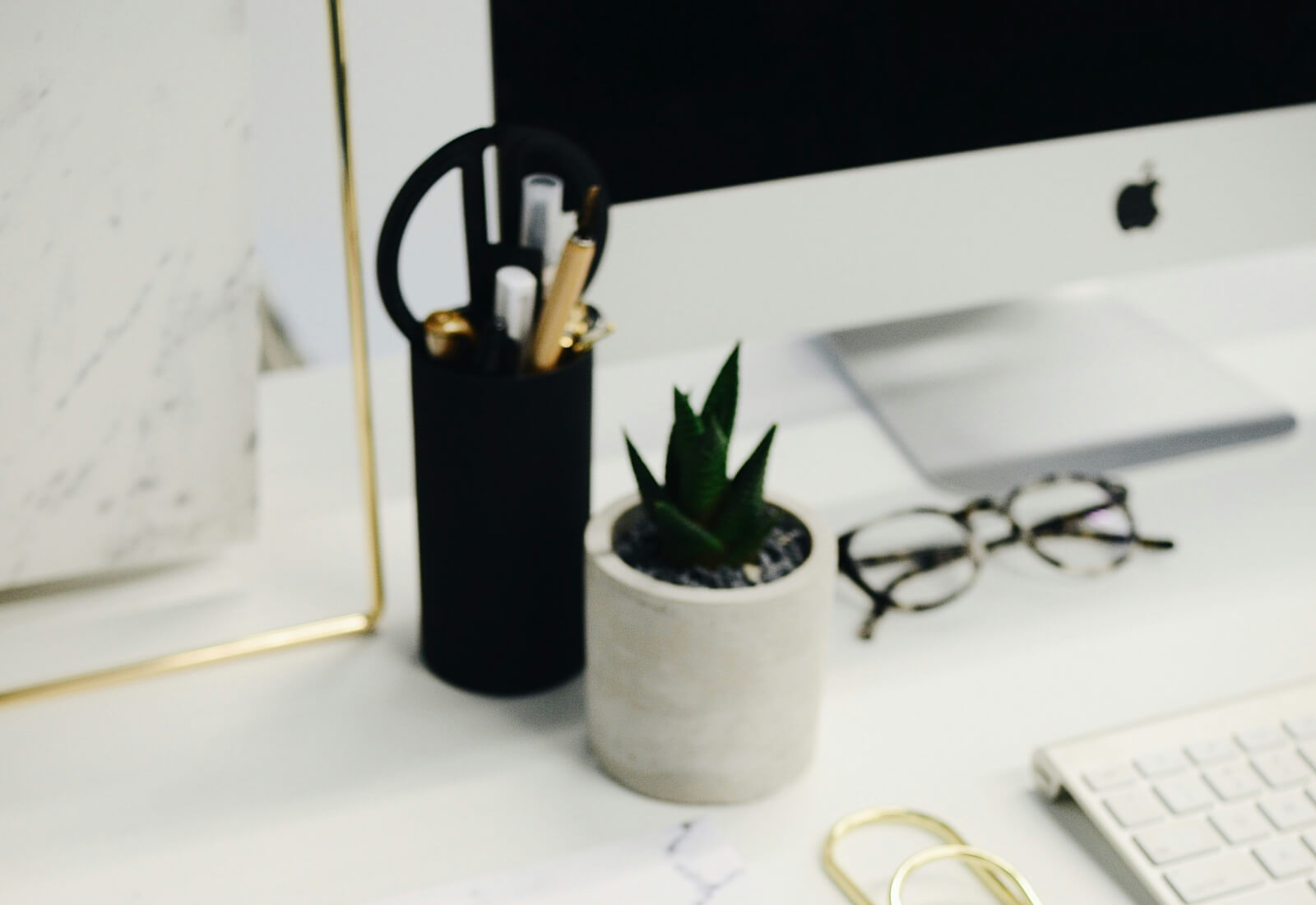
Thing is, we’ve all been there. That nagging feeling of being stuck in a career rut, watching our professional dreams collect dust while we’re working from home.
read more
Hey there, fellow desk jockeys! 🚀
Thing is, we’re all swimming in a sea of pixels these days. Remote work has us chained to our screens like never before, and digital burnout is real. But fear not! Your friendly neighborhood UX designer is here to help you navigate these treacherous waters.
The average American adult now spends a whopping 7 hours and 50 minutes looking at screens each day. Yikes! That’s like watching “The Lord of the Rings” extended trilogy every single day (and then some). But don’t worry, we’re going to tackle this digital dragon together.
Let’s dive into some practical strategies to help you reclaim your time and sanity in this screen-saturated world.
When your home becomes your office, it’s easy for work to bleed into every corner of your life. But here’s the tea: you need to treat your work hours like you would in an office. When it’s quitting time, quit. No sneaking peeks at email after hours!
Start by creating a schedule and honoring it. Wake up at a consistent time, do some stretches, have breakfast (no screens!), and then start your workday. Take a proper lunch break away from your desk. When the workday ends, shut down your computer and transition into personal time.
Carving out a dedicated workspace is crucial, even in small living spaces. Set up a separate area for work, whether it’s a full home office or just a designated corner. This physical separation helps your brain shift gears between “work mode” and “home mode.” One friend of mine created a “mobile office” in his tiny studio apartment using a folding desk and room divider. When work’s done, he folds it all away, and voila! His home is his own again.
Implementing a “digital sunset” is another powerful boundary-setting tool. An hour before bed, say goodbye to screens. Try reading a physical book, journaling, or meditating instead. Your circadian rhythm will thank you.
Our poor eyes bear the brunt of increased screen time. The 20-20-20 rule is a simple but effective way to give them some relief: every 20 minutes, look at something 20 feet away for 20 seconds. It’s like yoga for your eyes! Use apps like EyeCare for reminders and simple eye exercises.
Adjusting your screen settings can also make a big difference. Lower the brightness and use blue light filters, especially in the evening. Tools like f.lux can automatically adjust your screen’s color temperature based on the time of day. It’s like giving your eyes a warm, cozy blanket.
Whenever possible, go analog. Use notebooks and post-it notes for brainstorming and quick ideas. Give your eyes a screen vacation whenever you can. I’ve started keeping a physical planner, and let me tell you, there’s something incredibly satisfying about crossing off tasks with an actual pen.
Our bodies weren’t designed for prolonged sitting and staring at screens. Set movement reminders using alarms or apps to prompt you to get up and move every hour. Even a quick stretch or walk around the room can help combat the negative effects of prolonged sitting.
Consider investing in a standing desk or under-desk treadmill to mix things up and get your blood flowing while you work. These tools can help you rack up steps during less focus-intensive tasks. When I got my standing desk converter, I felt like I was captaining a spaceship. Beam me up, productivity!
For brainstorming sessions or one-on-one meetings, try walking meetings. Grab your phone (or just your thoughts) and take a stroll. Movement can stimulate creativity and problem-solving. Plus, you’ll feel like you’re in an Aaron Sorkin show, having deep conversations while power-walking.
Quality over quantity should be your mantra when it comes to screen time. Take a hard look at where your screen time is going. Use app blockers to limit time on non-essential apps. You might be surprised how much time you’re spending on social media or playing games.
Practice single-tasking instead of multi-tasking. Focus on one task at a time for better productivity and less mental fatigue. The Pomodoro technique (25 minutes of focused work followed by a 5-minute break) can be a great way to structure your work time.
Be intentional about your communication channels. Not everything needs to be a video call. Sometimes a quick phone chat or email will suffice. Consider “walking phone meetings” to combine communication with exercise. Kill two birds with one stone, or as we say in Hindi, “एक तीर से दो निशाने” (ek teer se do nishane).
In our hyper-connected world, it’s crucial to create spaces and times free from digital intrusion. Designate certain areas of your home, like the bedroom or dining table, as device-free zones. Your bed should be for sleeping and… well, you know. Not for scrolling through Instagram at 2 AM.
Revive old hobbies or discover new ones that don’t involve screens. Engage in activities like painting, knitting, gardening, or dancing. These can be great for stress relief and creativity. I’ve taken up watercolor painting, and while I’m no Picasso, it’s incredibly relaxing.
Mindfulness and meditation practices can help reset your brain and reduce screen-induced stress. Even a few minutes of quiet reflection can make a difference. While there are apps that can guide you through meditations, consider using non-digital alternatives like books or in-person classes to further reduce screen time.
Regular “unplugged” time is essential for maintaining digital balance. Start with an hour, then work your way up to a full day without non-essential screen use. It might feel weird at first, like you’re missing a limb. But trust me, it gets easier and more refreshing each time.
Make meals a tech-free zone. Keep devices away during this time and focus on savoring your food or having real conversations. Remember those? With actual eye contact and everything?
Plan non-digital activities with friends and family. Organize game nights, hikes, or picnics to reconnect with loved ones in the real world. My friends and I have started a monthly board game night, and it’s become the highlight of our social calendar.
Use time-tracking apps like RescueTime to monitor your screen usage. Seeing where your time goes can be eye-opening and motivate change. It’s like a Fitbit for your digital life.
Keep a “screen time journal” to note what strategies are working and what needs tweaking. Regularly reassess and adjust your approach. Develop a personalized strategy that fits your lifestyle and work requirements. What works for me might not work for you, and that’s okay!
When you successfully implement a new habit or reach a screen time goal, celebrate your victories. Reward yourself with something nice (preferably non-digital). Maybe treat yourself to that fancy tea you’ve been eyeing, or take a relaxing bath. You deserve it!
We live in a digital world, and screens are an unavoidable part of modern life—especially when working from home. The goal isn’t to become a digital hermit, but to find balance. Use screens as tools to enhance your life, not rule it.
Remember, conquering digital burnout is a journey, not a destination. Be patient with yourself as you implement these changes. Some days will be easier than others, and that’s perfectly normal. The important thing is to keep striving for that balance.
By setting clear boundaries, giving your eyes and body regular breaks, using technology mindfully, nurturing your non-digital self, embracing the power of unplugging, and continuously tracking and adjusting your habits, you can create a healthier relationship with screens.
In this new era of remote work, mastering these skills isn’t just about productivity—it’s about preserving your well-being and quality of life. So take a deep breath, step away from the screen (after you finish reading this, of course), and remember: you’ve got this. One step at a time, one screen-free moment at a time, you can conquer digital burnout and find your work-from-home zen.
Now, if you’ll excuse me, it’s time for my yoga break. Namaste, fellow screen warriors! 🧘♀️💻✨

Thing is, we’ve all been there. That nagging feeling of being stuck in a career rut, watching our professional dreams collect dust while we’re working from home.
read more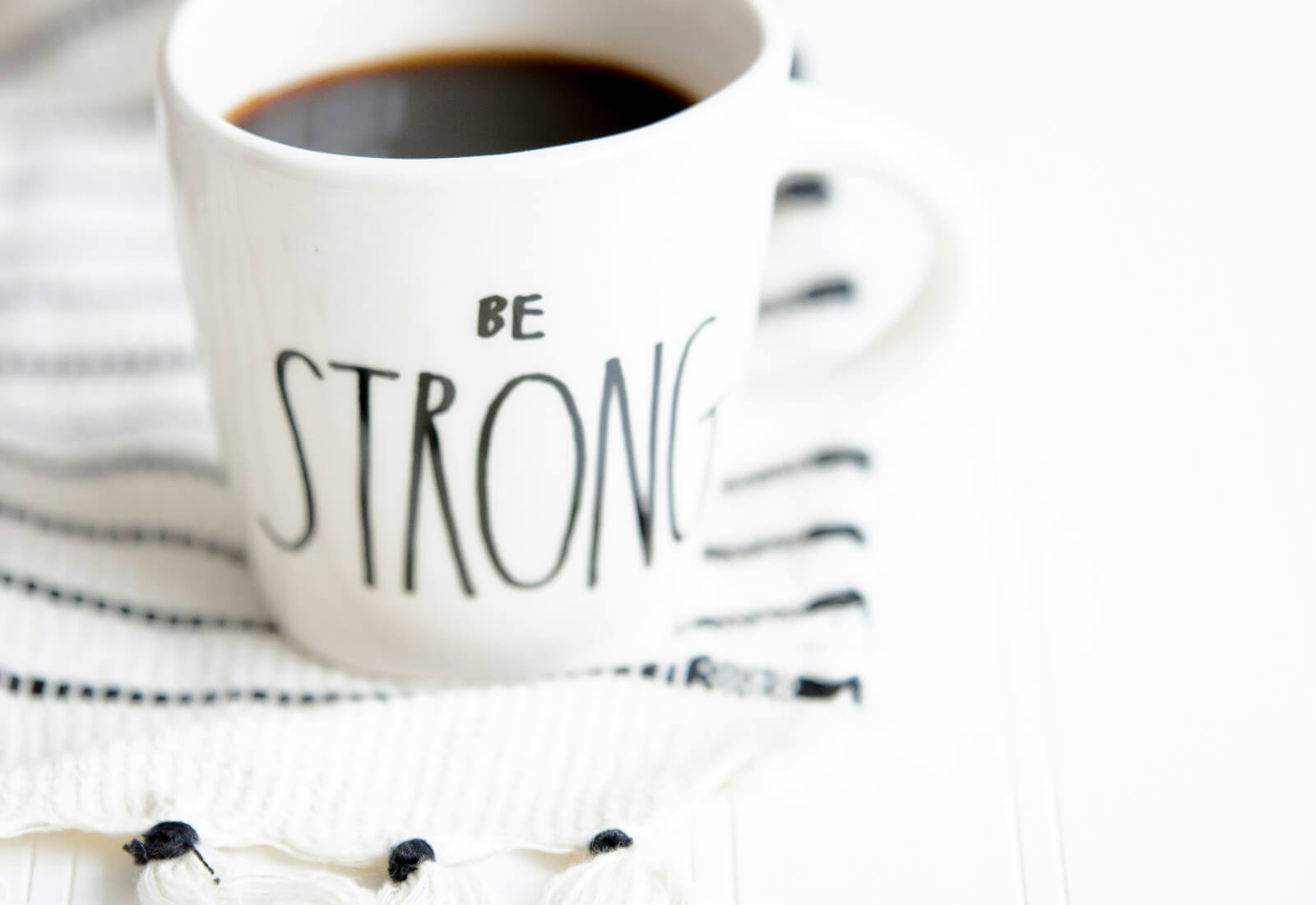
Thing is, we’ve all been there. You’re an hour into a three-hour video meeting, and your mind is already wandering to your weekend plans.
read more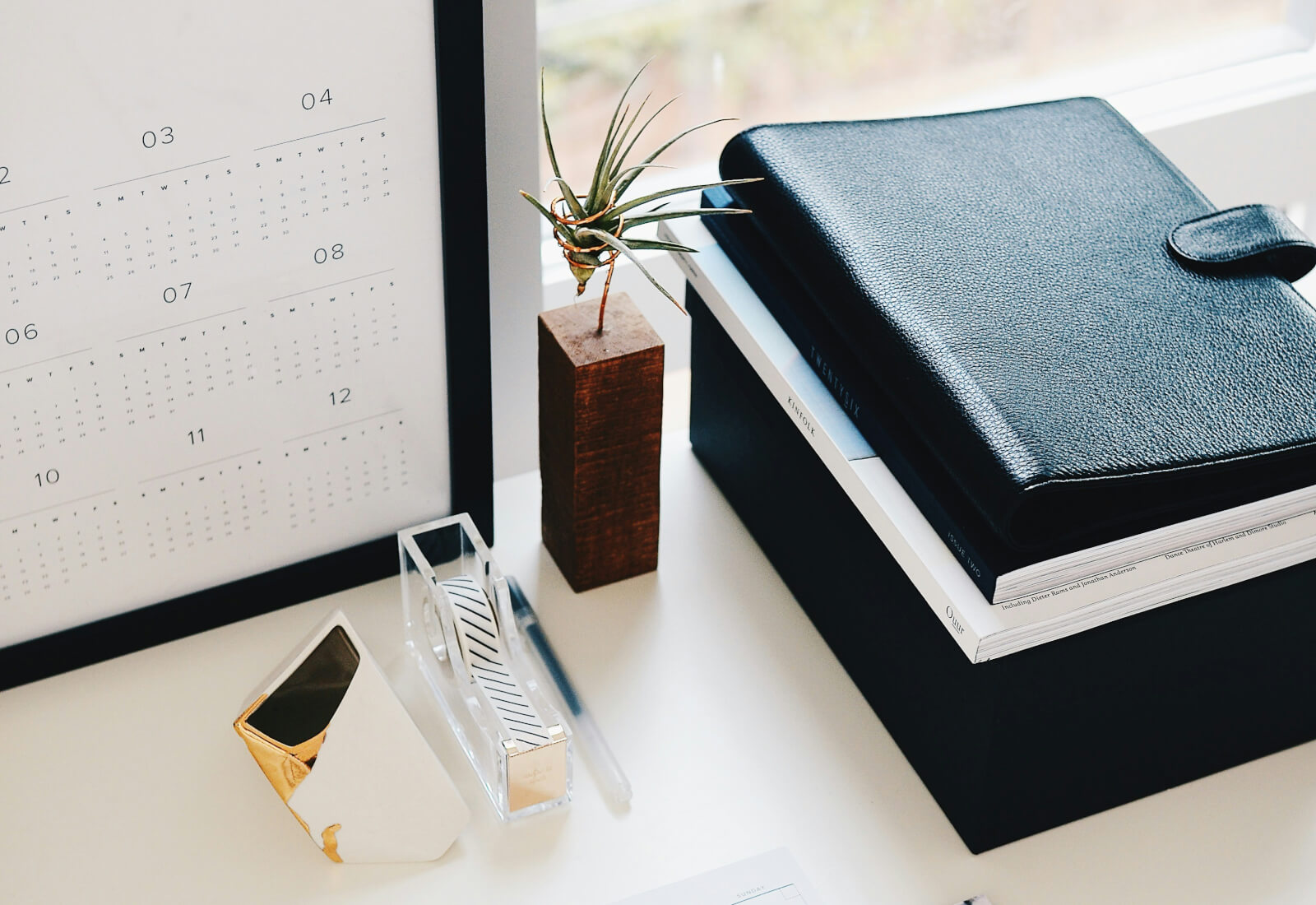
The day my company announced we were going fully remote, I felt a mix of excitement and dread.
read more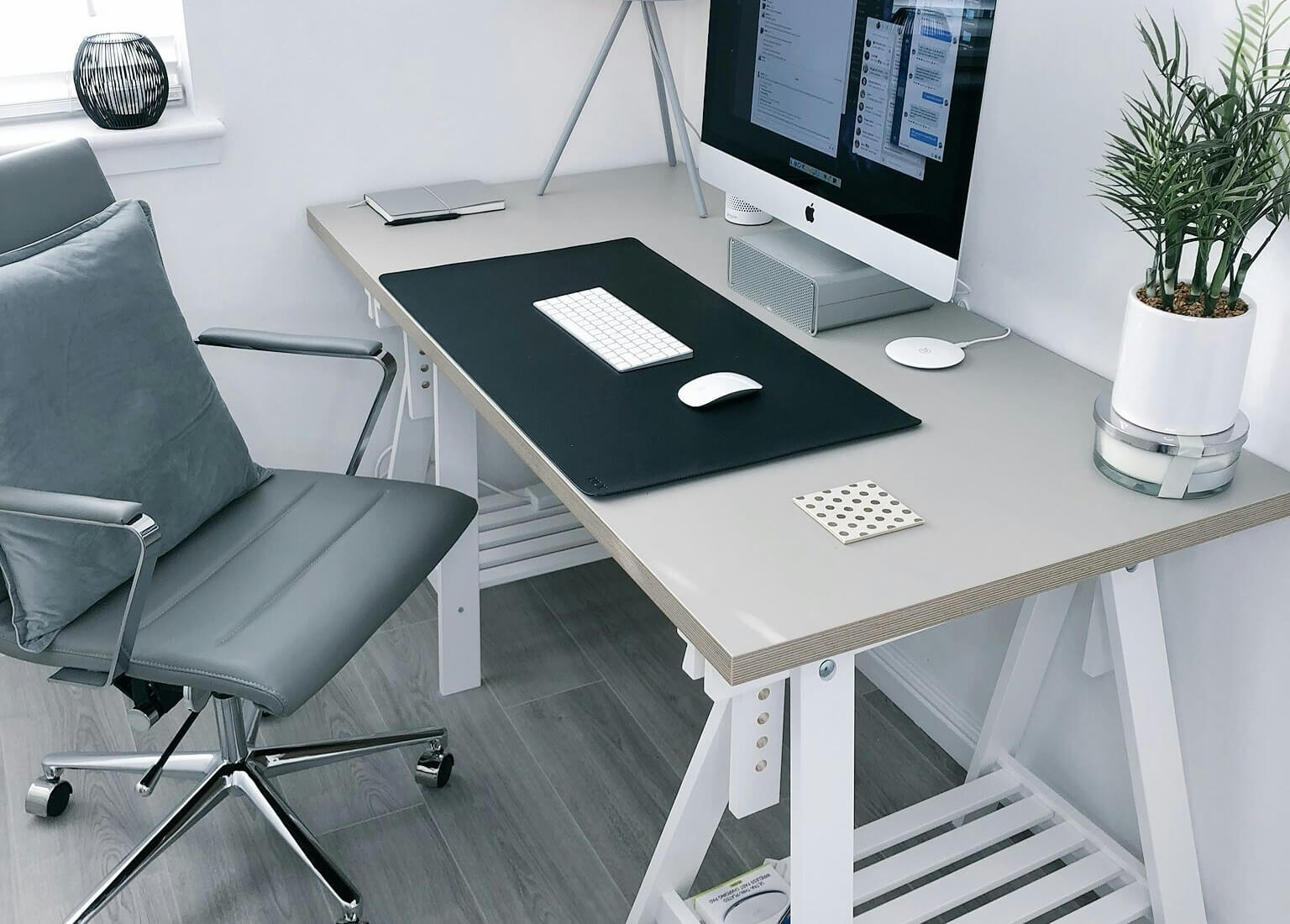
Hey there, fellow WFH warriors! It’s your girl Priya, coming at you live from my cozy Capitol Hill apartment.
read more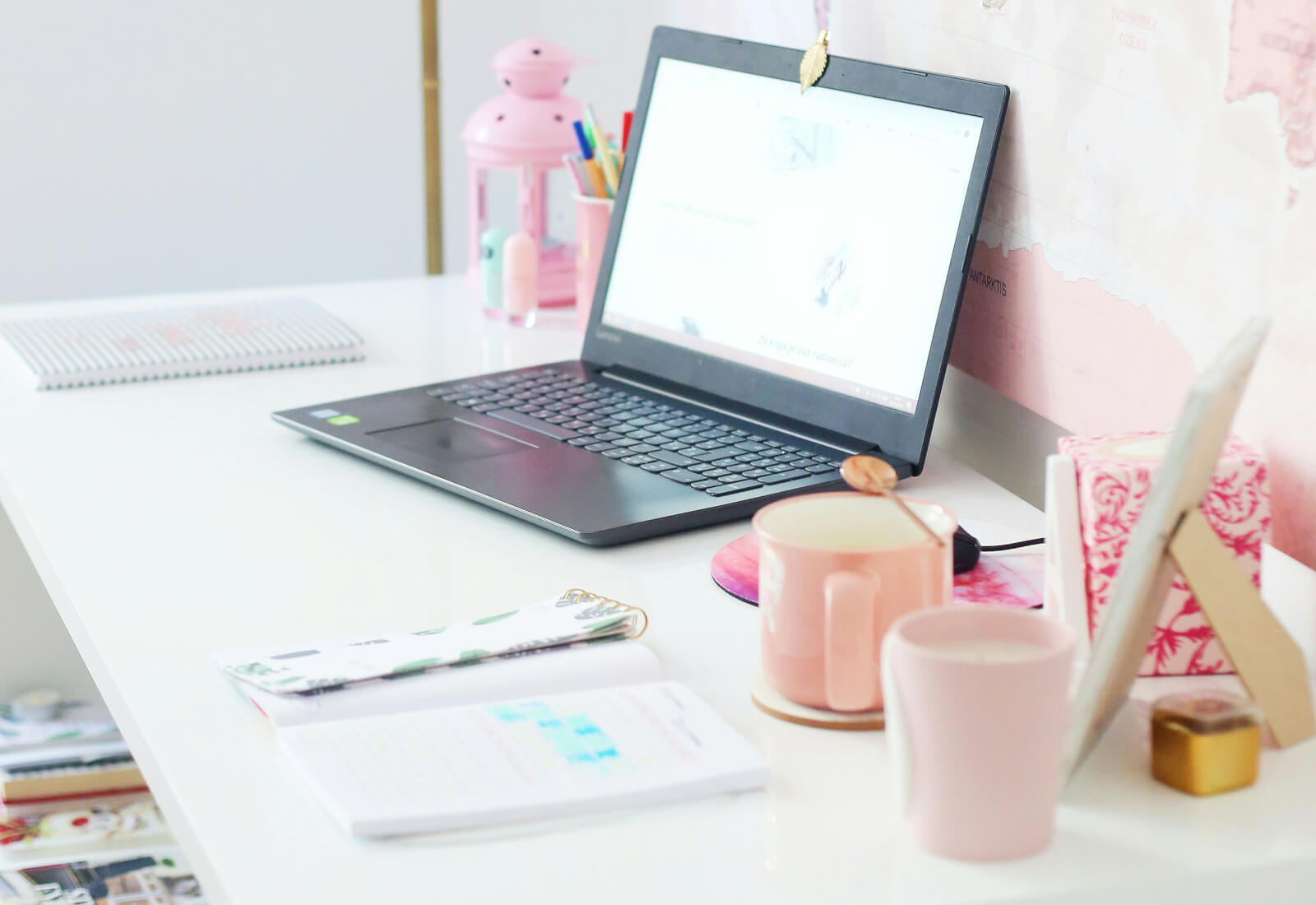
It was 2 AM, and I found myself staring at a passive-aggressive Slack message from a coworker.
read more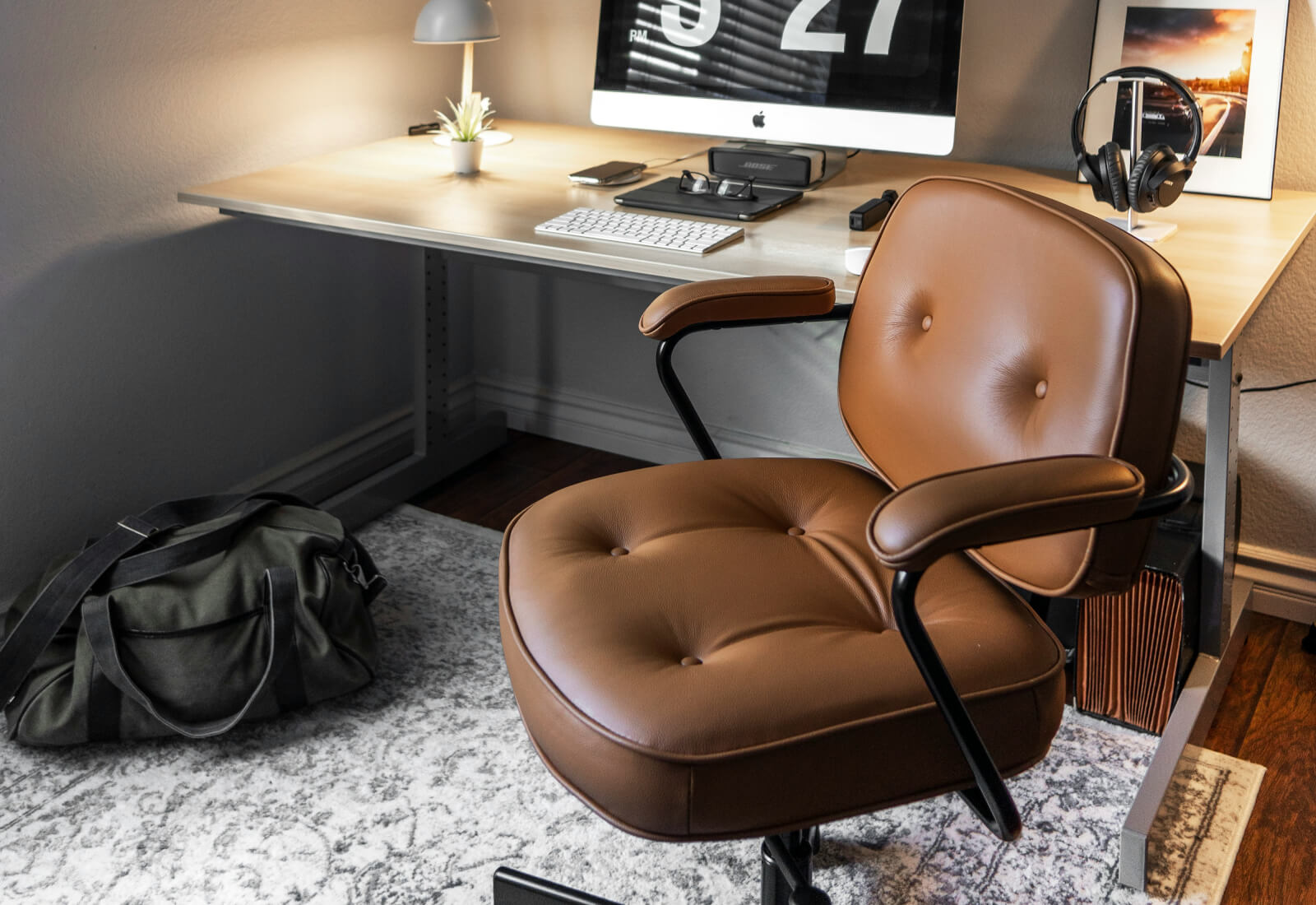
Thing is, remote work isn’t just a trend anymore—it’s our new reality.
read more